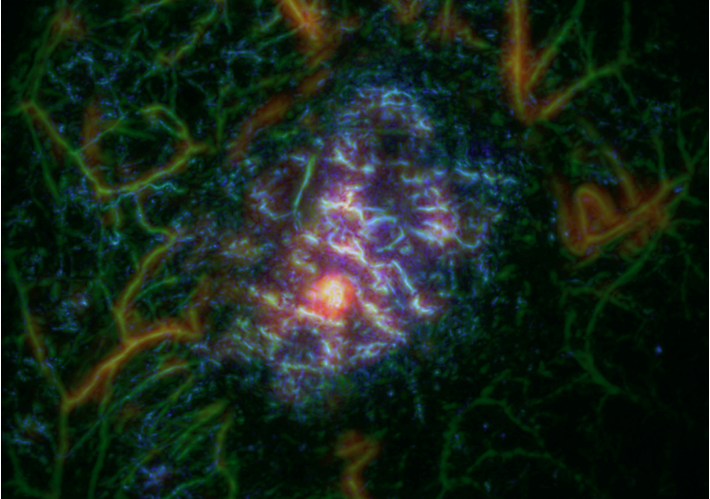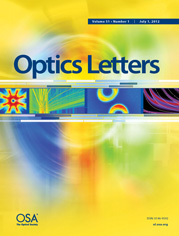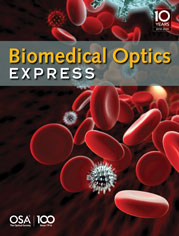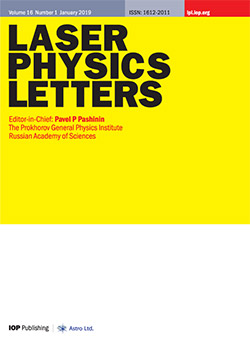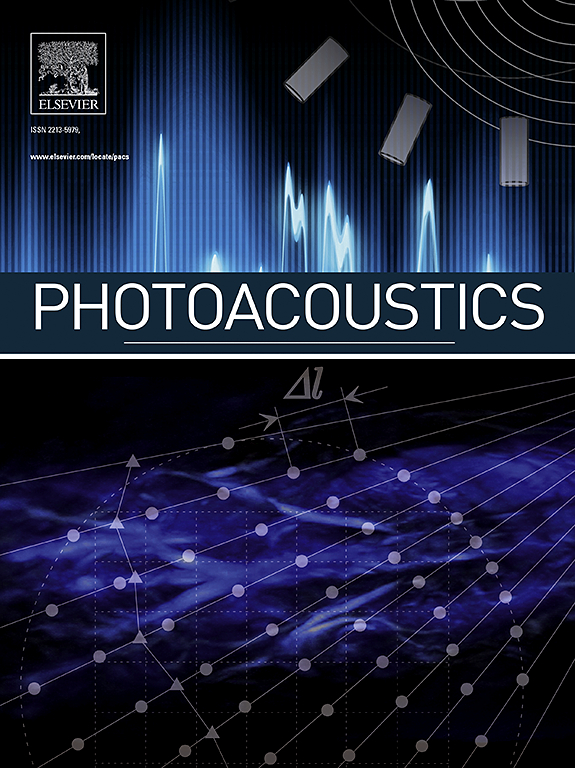Congratulations to the authors of the scientific result “Optoacoustic Angiography and Diffuse Optical Spectroscopy for Experimental Oncology” conducted by employees of the Department for Radiophysical methods in medicine of the Institute of Applied Physics of the Russian Academy of Sciences. Their work has been selected for presentation in the RAS report and has entered the …
Tag: angiography
Rapid functional optoacoustic micro- angiography in a burst mode
Optoacoustic microscopy (OAM) can image intrinsic optical absorption contrast at depths of several millimeters where state-of-the-art optical microscopy techniques fail due to intense light scattering in living tissues. Yet, wide adoption of OAM in biology and medicine is hindered by slow image acquisition speed, small field of view (FOV), and/or lack of spectral differentiation capacity …
Toward whole-brain in vivo optoacoustic angiography of rodents: modeling and experimental observations.
Cerebrovascular imaging of rodents is one of the trending applications of optoacoustics aimed at studying brain activity and pathology. Imaging of deep brain structures is often hindered by sub-optimal arrangement of the light delivery and acoustic detection systems. In our work we revisit the physics behind opto-acoustic signal generation for theoretical evaluation of optimal laser …
Raster-scan optoacoustic angiography reveals 3D microcirculatory changes during cuffed occlusion
Acoustic resolution photoacoustic microscopy at the optical wavelength of 532 nm was used to investigate the functional reaction of blood vessels of healthy human skin during cuffed venous occlusion. The high bandwidth of the polyvinilidene difluoride detector provided the opportunity for raster-scan optoacoustic angiography of both the superficial and deep plexuses at the high resolution of …
Fluence compensation in raster-scan optoacoustic angiography
Modern optical imaging techniques demonstrate significant potential for high resolution in vivoangiography. Optoacoustic angiography benefits from higher imaging depth as compared to pure optical modalities. However, strong attenuation of optoacoustic signal with depth provides serious challenges for adequate 3D vessel net mapping, and proper compensation for fluence distribution within biotissues is required. We report on the novel approach allowing …
